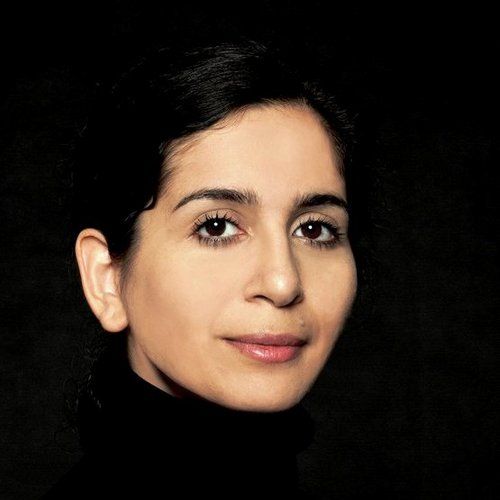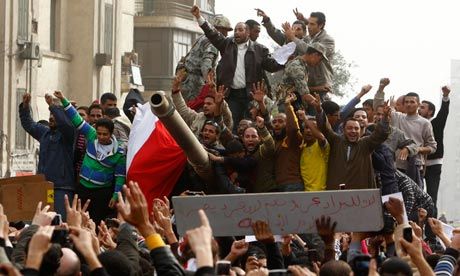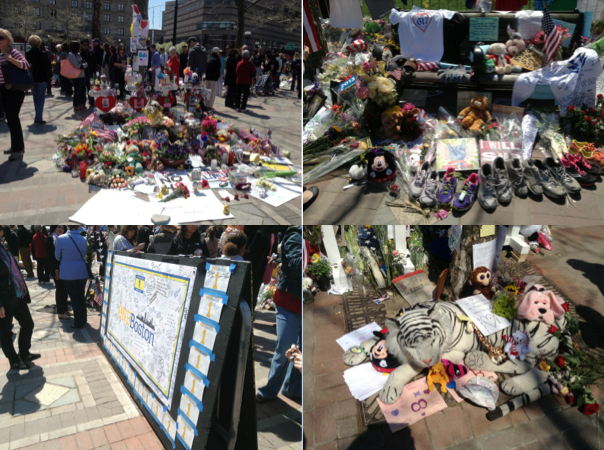By Andrew Kenealy
In keeping with the lighthearted spirit of Green Key Weekend at Dartmouth College, this World Outlook blog post will detail the recent adventures harmless international enemy of the public: Barbie. However, even something as seemingly innocuous as Barbie can create controversy and public discontent, as evidenced by the topless woman burning a Barbie doll on a cross below. Barbie may not be so harmless as she appears. Indeed, it is often Barbie’s appearance that critics find problematic.
Protestors outside Barbie Dreamhouse, Berlin.
http://static2.nydailynews.com/polopoly_fs/1.1346365.1368742006!/img/httpImage/image.jpg_gen/derivatives/index_635_390/390-barbie-0516.jpg
A “Barbie Dreamhouse” has recently been constructed in Berlin, Germany, and it serves as a tourist attraction designed to promote the Barbie franchise. Parents and their young daughters can explore a full toy kitchen, bake virtual cupcakes, rummage around Barbie’s closets, and even pretend to be rock stars. The dream house is merely temporary, and will be deconstructed after several months to be moved to another city in Europe.
Unfortunately for the Barbie Franchise, not everybody has warmly received the pink princess palace in Berlin. As seen in the image above, the Dreamhouse has elicited an enormous public outcry against Barbie and the image that the blonde, blue-eyed, anorexic-looking doll endorses. Indeed, Barbie has been harshly criticized in recent decades for reinforcing gender-stereotypes, prioritizing good looks over intelligence, and encouraging typically domestic activities such as shopping, baking, and cleaning.
The 21st century has been a time during which gender roles, and the extent to which gender specific toys can influence them, have been strongly questioned. Created in 1959, Barbie is a still-breathing relic of the past. Although Barbie has seen many changes since she was first launched, the basic doll remains the same. Considering the increasing influence of the feminist movement, and new public perceptions of gender stereotypes, perhaps the new generation has outgrown Barbie.
In a capitalist society, individuals place their votes on what they deem to be appropriate with their dollars. As long as parents keep buying Barbie dolls for their daughters, Barbie and the image it stands for will stick around. When consumers decide that Barbie dolls are no longer what they want to see their daughters play with, the Barbie franchise, and its giant pink dream house, will silently fade away.
http://www.usatoday.com/story/news/world/2013/05/16/german-barbie-protest/2192555/





